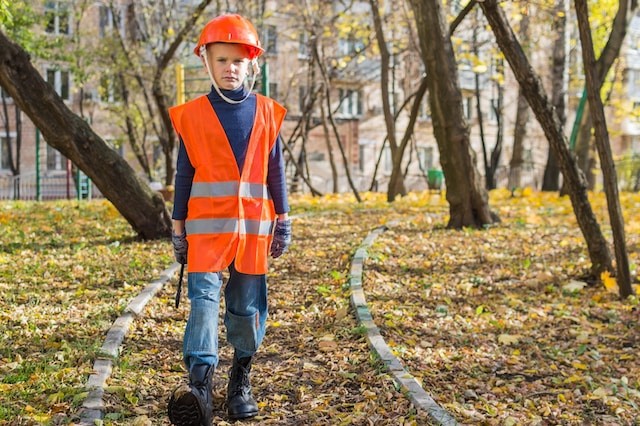
Hiring the young generation has excellent benefits, allowing them to learn, develop skills, be responsible, and earn money. However, individuals aged 15 to 24 are more likely to be injured compared to those aged 25 and older. In 2021, reports found 398 workers under 25 lost their lives due to injuries while being on the job.
Three Common Causes of Injury Vulnerability
In research about the unique occupational safety hazards young workers face, Diane Rohlman, a research professor and endowed chair of rural safety and health at the University of Iowa, found three common causes of increased vulnerability to injuries: their lack of experience, developing bodies and brains, and hesitation to voice concerns.
Lack of Experience
Nineteen million young individuals make up about 13% of the U.S. workforce. Work can be riskier for young people because they haven't had as much time to learn about common workplace hazards as their older colleagues. Surprisingly, this issue isn't usually tackled during onboarding.
Physical and Cognitive Limitations
LimitationsIt's crucial to note that bodies and brains keep developing until age 25. This can make specific tasks riskier for the 55% of individuals aged 16 to 24 who work. Younger workers may face smaller and weaker challenges than older ones, and safety gear like gloves and masks may not fit properly.
The body undergoes physical changes, and the brain continues to develop during adolescence. The frontal cortex, responsible for decision-making and thinking before acting, keeps growing into adulthood, leading to some risky behaviors. Young individuals often seek approval and respect, which impacts their decision-making. They may also engage in risky behaviors, both at work and in personal life, which can affect their performance at work.
Hesitation of Speaking Up
Many young workers hesitate to voice concerns or ask questions due to fear of losing the respect of their boss or supervisor. They might avoid admitting they need help to prevent seeming unqualified.
Weaker Protections in Some States
Despite the risks involved, Arkansas, Iowa, and some other states have recently eased restrictions on the types of work teens can do and increased the allowed working hours. At a time when child labor violations are increasing, more children are facing injuries or fatalities, primarily when engaged in tasks that violate federal labor laws.
The Fair Labor Standards Act, passed in 1938, created federal standards to safeguard the safety of workers under 18 and prevent employers from hindering their education. This law establishes 14 as the minimum age for formal employment, limits the hours and conditions of children's work, and specifies the type of work they can safely undertake. Specific new state labor laws permit children to engage in riskier jobs and reduce their employers' responsibility for on-the-job injury, illness, or death. The federal standards take precedence when state labor laws are less strict than federal laws.
The federal government has increased its efforts to enforce child labor laws. From October 1, 2022, to July 20, 2023, the Labor Department identified 4,474 children employed violating these laws. Employers, including McDonald's and Sonic fast-food franchisees, faced over $6.6 million in penalties.
What Can Employers Do?
Employers and supervisors need to take these necessary steps to address the growing risks to young workers:
- Provide training on how to do tasks safely until they are mastered.
- Model safe behaviors to reinforce safety expectations and build a culture of safety.
- Take workers' abilities into account and check in on them regularly so they can ask questions about workplace procedures and policies.
These strategies are simple to adopt and require minimal costs to enhance the safety of young workers, allowing them to gain valuable work experience. Additionally, these measures help employers maintain safe, productive workplaces, nurturing the workers that our economy will increasingly rely on in the future.



